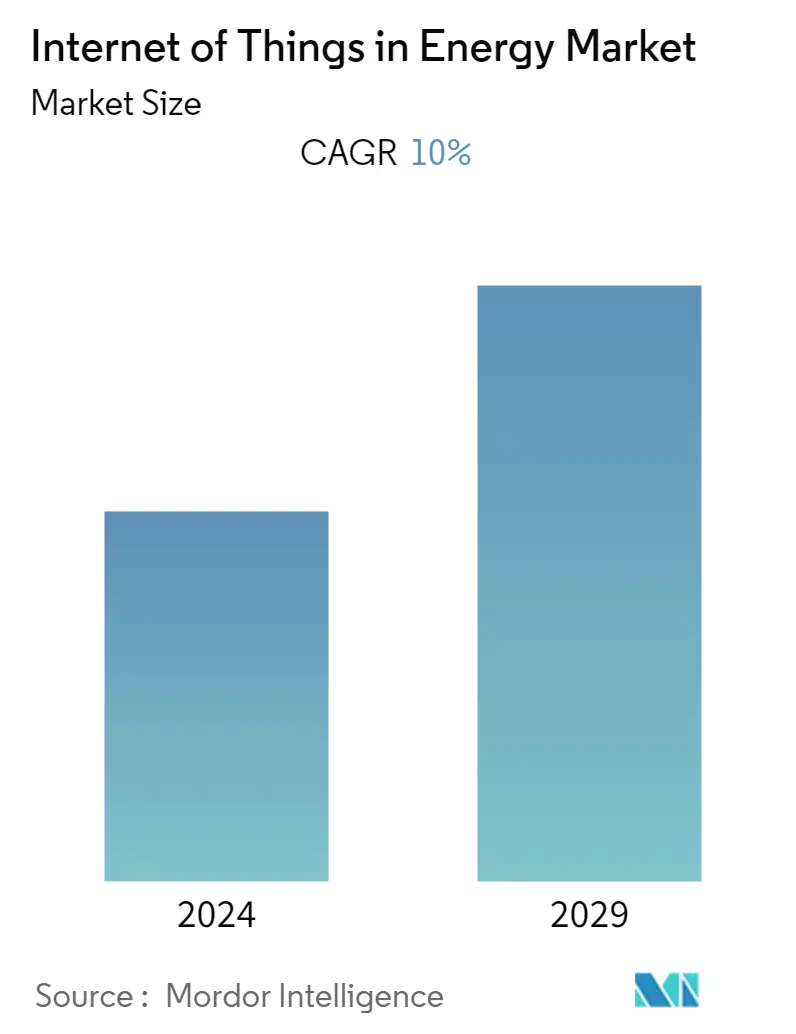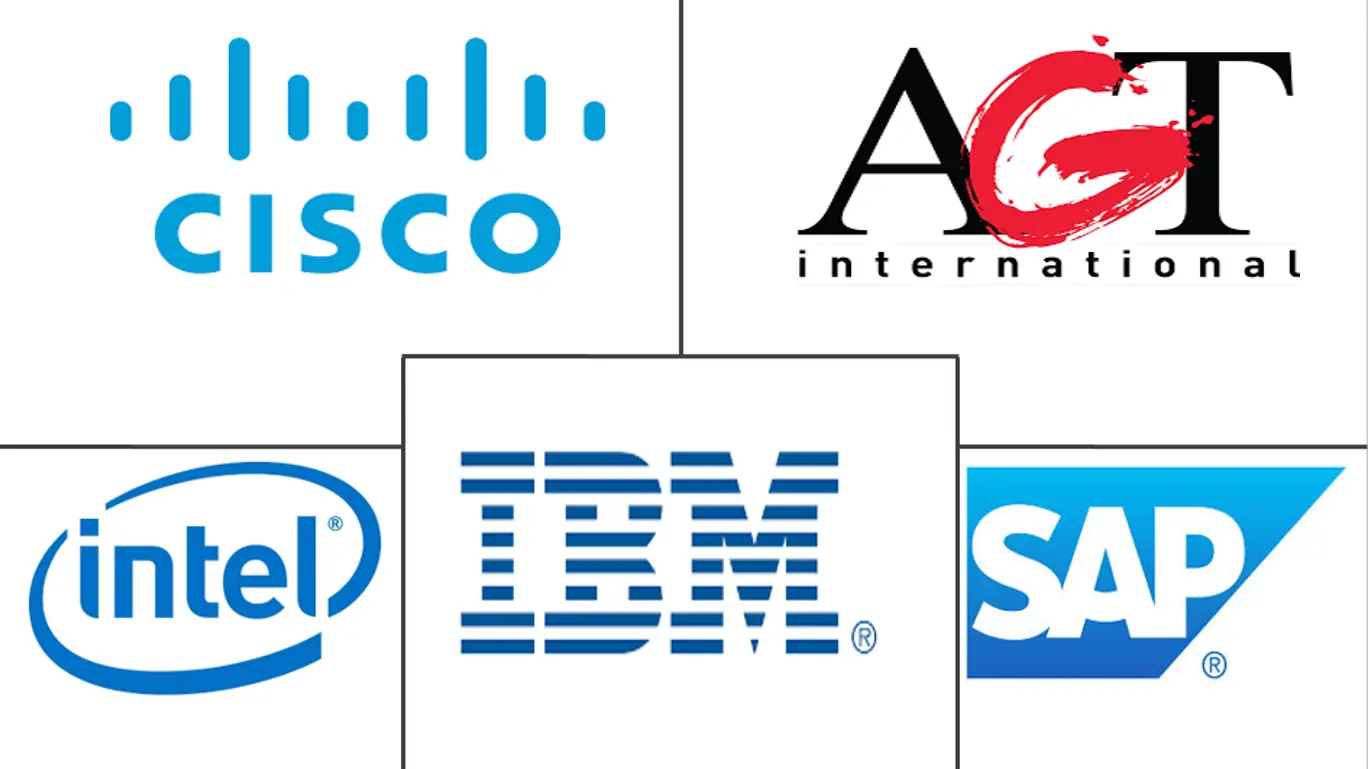Market Size of Internet of Things in Energy Industry

| Study Period | 2019 - 2029 |
| Base Year For Estimation | 2023 |
| CAGR | 10.00 % |
| Fastest Growing Market | Asia Pacific |
| Largest Market | North America |
| Market Concentration | Low |
Major Players
*Disclaimer: Major Players sorted in no particular order |
Need a report that reflects how COVID-19 has impacted this market and its growth?
Internet of Things in the Energy Market Analysis
The Internet of Things in the energy market is expected to witness a CAGR of 10% over the forecast period. According to the International Energy Agency, as a critical enabler of modern life, the energy sector, despite being significantly affected by the COVID-19 pandemic, is also essential for global and national response and recovery efforts.
- The Internet of Things (IoT) is expected to impact the energy sector significantly. From monitoring the temperature of a room using sensors to complex applications that control the energy use of an entire building, IoT helps in cost-cutting.
- Organizations can independently monitor their equipment, including machinery, lighting, heating, and air conditioning systems. IoT device data is analyzed to develop strategies for increasing efficiency. IoT solutions also assist in remotely controlling and regulating systems to establish the highest possible energy production efficiency.
- The decreasing natural resources that produce energy and the increasing wastage of energy have drawn the attention of various nations worldwide to innovate solutions that reduce energy wastage and adopt solutions that offer high efficiency.
- A predictive analytics network monitors the data from sensors embedded in power grids. Thus, machinery can reduce energy transmission and distribution losses, making energy consumption highly efficient and cost-effective worldwide.
- Companies such as Nexus Solutions offer connected solutions to monitor and reduce energy consumption in buildings. Aquicore is also developing an analytics platform that connects to energy meters that have already been installed, enabling organizations to make decisions that improve staff productivity and reduce energy wastage.
- However, integrating new sustainable distributed energy resources (DER) into the existing grid is designed to distribute centrally generated energy, which is quite challenging.
- IoT was beneficial for the energy sector during the pandemic, from sensors that enable monitoring of room temperatures to managing energy usage from a distance, resulting in sustainable development and cost reduction. Additionally, several IoT systems made it possible to use renewable energy, reducing pollution and exploiting non-renewable resources, enabling enterprises to continue operating despite government lockdowns out of concern for employee safety. For the majority of tasks in businesses in this industry during the pandemic, IoT enabled remote working.
